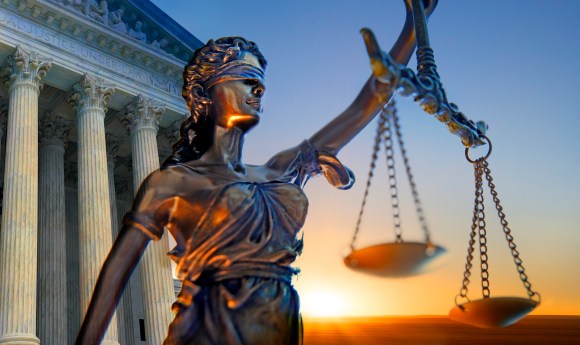I. Disparate Results for Similarly Situated Plaintiffs
Imagine two plaintiffs in Georgia, Alice and Belinda, with very similar claims. Alice was injured by a product that was manufactured and sold in Fulton County, Georgia. Belinda was injured by a similar product, which was manufactured in Fulton County, but which was sold in nearby de Kalb County. Both plaintiffs live in Fulton County and were injured in Fulton County. Alice sues both the seller and the manufacturer as joint tortfeasors in Fulton County, as that is the only county where she may sue.[1] Belinda, who may sue in either Fulton County or de Kalb County,[2] decides to sue both defendants in Fulton County, since that is where she lives.
Although it was not immediately apparent at the time that their suits began, it becomes clear during the course of their respective trials that the defect in these products arose in the hands of the sellers, not the manufacturer. Thus, the Fulton County Court relieves the manufacturers of all liability in both Alice’s and Belinda’s cases. That presents no problem for Alice, as long as the seller is solvent—the Fulton County Court can still enter judgment against the seller for Alice’s injuries, since her seller is located in Fulton County. Belinda, however, is not so lucky: because of a peculiar oddity of Georgia jurisdictional law known as “vanishing venue,”[3] the Fulton County Court is unable to enter judgment against the seller, who is from de Kalb County, because the only defendant from Fulton County has been released from liability.[4] If Belinda is to recover, she will have to start over with a new trial in de Kalb County, despite having already litigated her claim on the merits.
These two plaintiffs are similarly situated; the disparity in their treatment results solely from their defendants’ status as either residing in the same county or multiple counties. Further, plaintiffs with defendants from multiple counties must wait until the end of their trial to determine whether the court that conducted their trial will be able to enter a valid judgment. For these reasons, this blog entry suggests that courts should seriously question the constitutionality of the doctrine giving rise to these unfair results.
